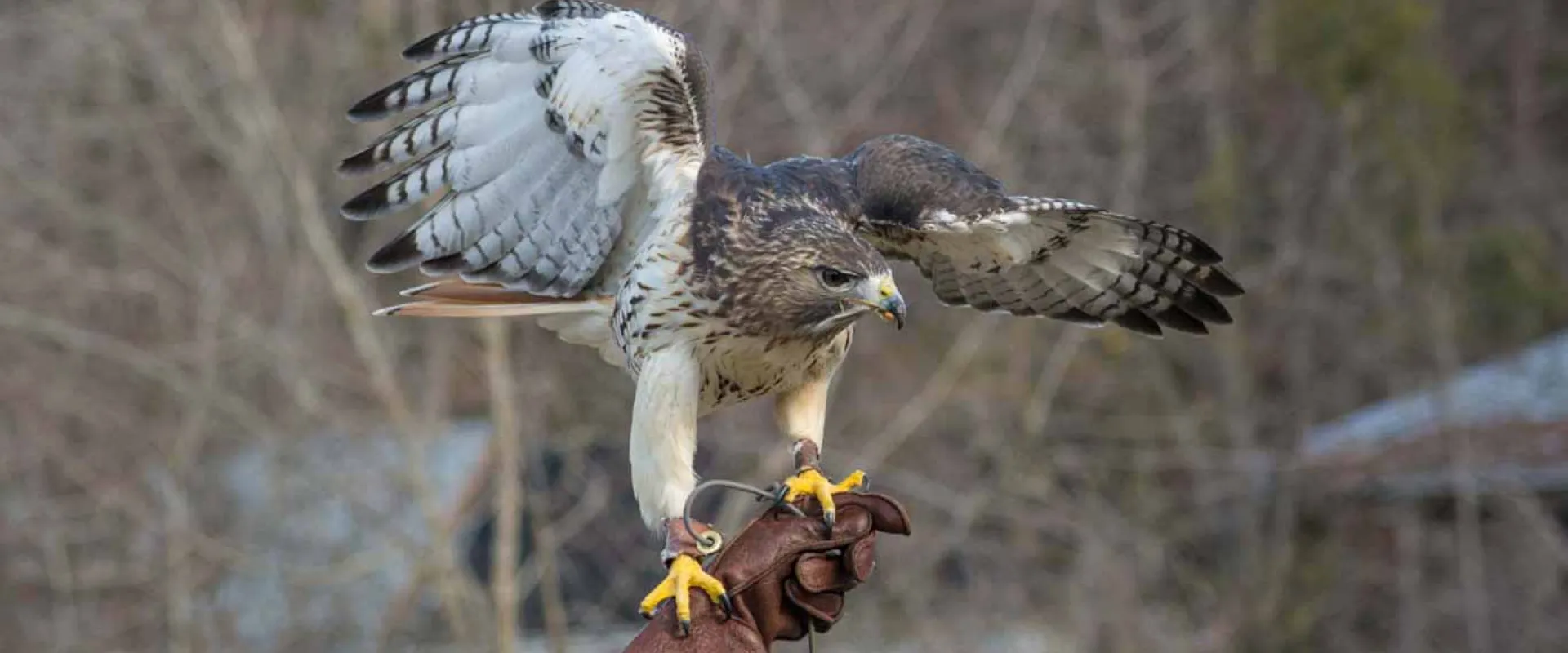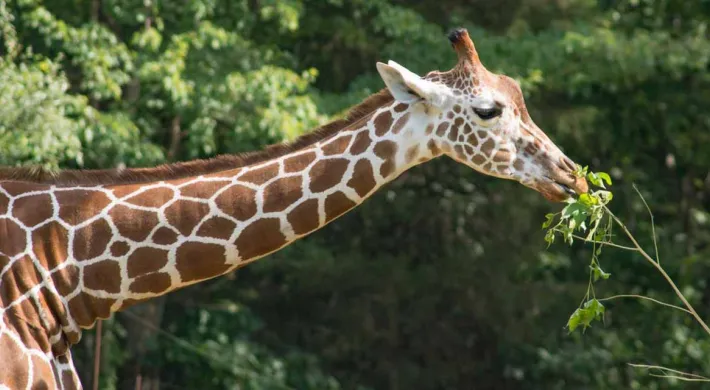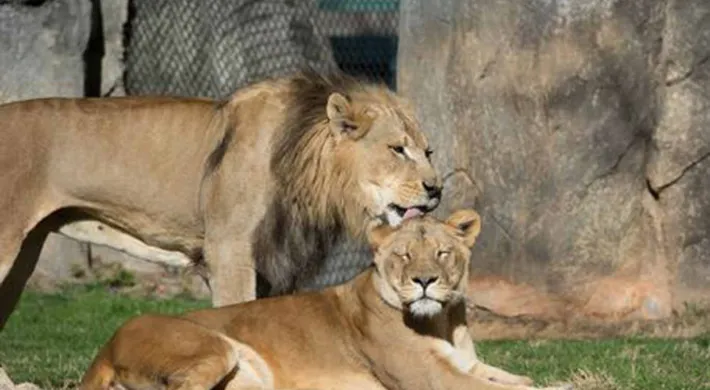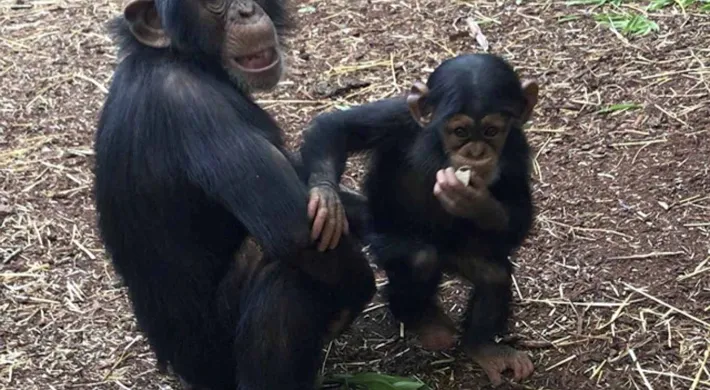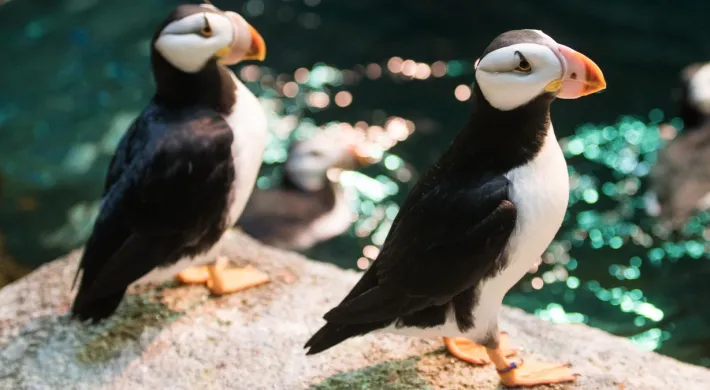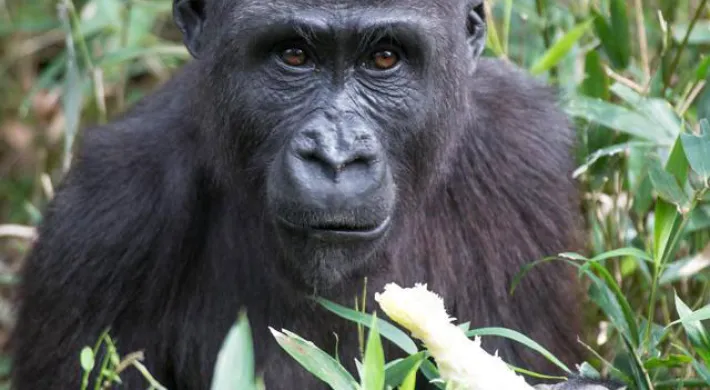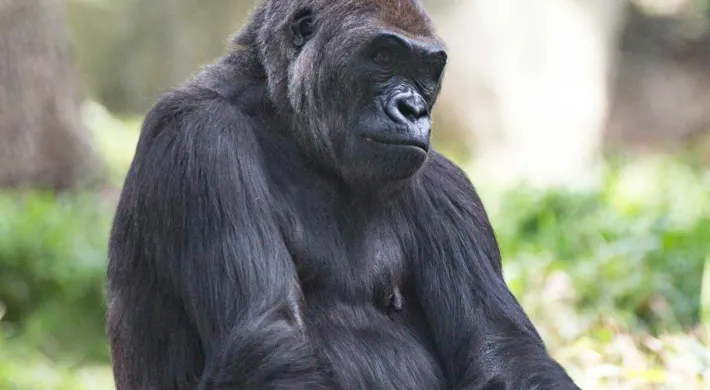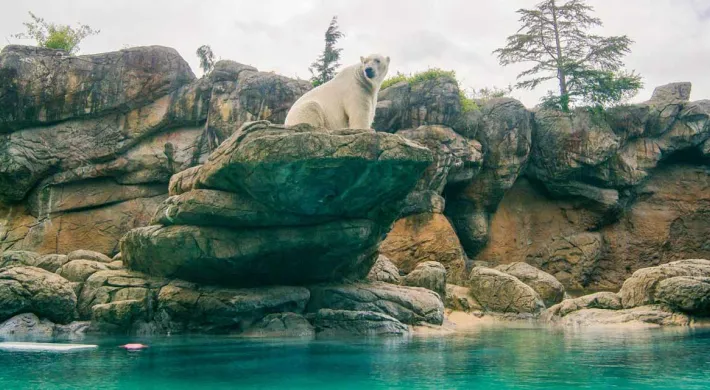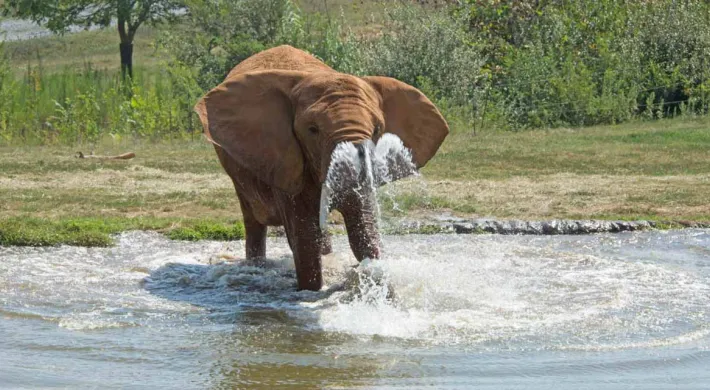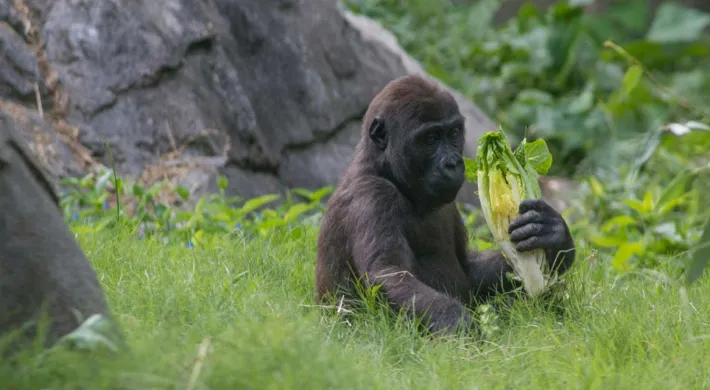Written by Carly Jarvis, Research Intern, North Carolina Zoo
Have you ever wondered what exactly an animal ambassador is? Well, if you have been to the North Carolina Zoo, you may have already met several of our amazing animal ambassadors, including our red-tailed hawk, Braveheart!
Braveheart (Figure 1) was originally brought into the Zoo's Valerie H. Schindler Wildlife Rehabilitation Center (WRC) in 2007 with a broken humerus bone in his left wing. The WRC provides professional care to sick and injured native wildlife, which means, yes, red-tailed hawks are native to North Carolina! Thanks to the dedicated work of our care teams and veterinarians, Braveheart recovered and now plays a special role at the zoo: an animal ambassador for his species. The role of "ambassador" means that animals will engage with the public in educational programs to foster a connection between humans and wildlife. By learning from Braveheart and our amazing educators, Zoo visitors are moved to join us in conserving the natural world, which is part of our mission.

Pictured Above: Figure 1. Braveheart, the red-tailed hawk, during an education program.
The Zoo strives to make all care protocols for their animals "evidence-based," where we continuously observe and assess our animals' needs. Scientific research and rigorous data collation can inform our animal care staff on the most effective methods to care for their animals. To support Braveheart and his role as an animal ambassador, I devised a research project to better understand his behavior and management needs.
First, I created an ethogram-an exhaustive list of species-specific behaviors- and recorded his daily activities. I recorded all his behaviors, including eating, resting, bathing, and more.
I was also interested in understanding where Braveheart spends time in his habitat. Just like your dog or cat might have favorite places to hang out in your house, Braveheart also has favorite spots. So, during my data collection, I noted where he was sitting in his enclosure.
In addition to measuring behavior and space use, I measured Braveheart's response to an environmental change to his habitat: the addition of new vegetation. The animal care team suspected Braveheart might benefit from more shelter areas and something to reduce ambient noise. Through coordination with our fantastic horticulture department, we installed a large Chindo shrub (Figure 2) outside of Braveheart's habitat in the hopes that we might be able to provide him with the privacy and quiet he needs. Through careful research, we would be able to assess Braveheart's response to this new structure.
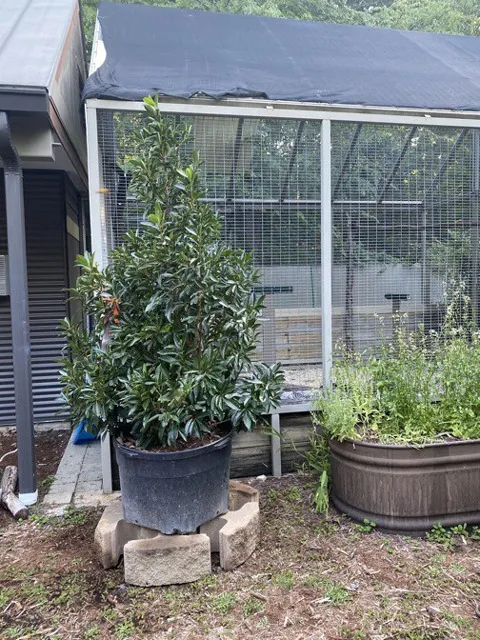
Figure 2. A large Chindo shrub was placed outside of Braveheart's enclosure. The evergreen shrub successfully created an additional shelter where Braveheart could hide from view and noise.
Results from my study showed that adding the shrub encouraged Braveheart to utilize more areas of his habitat. How animals use their habitat is a valuable measure when assessing welfare; Braveheart's new movement patterns suggested that the shrub enhanced his habitat and encouraged desired behaviors.
A research opportunity such as this benefits both Braveheart and the researchers. Braveheart's animal care team will make management decisions tailored to his unique preferences and needs with this information. At the same time, researchers such as myself were allowed to ask questions that enhanced our understanding of the species within our care.
So, the next time you are at the NC Zoo, be on the lookout for Braveheart and our other animal ambassadors. By supporting their work and sharing the fun facts you learn, you are helping us spread knowledge about protecting wildlife and wild places...some of which are in our backyard.
Here is a fun fact to get you started: Did you know that red-tailed hawks have eyesight that is eight times better than humans? This cool adaptation allows them to see small prey animals on the ground from way up in the sky. Talk about a bird's eye view!
